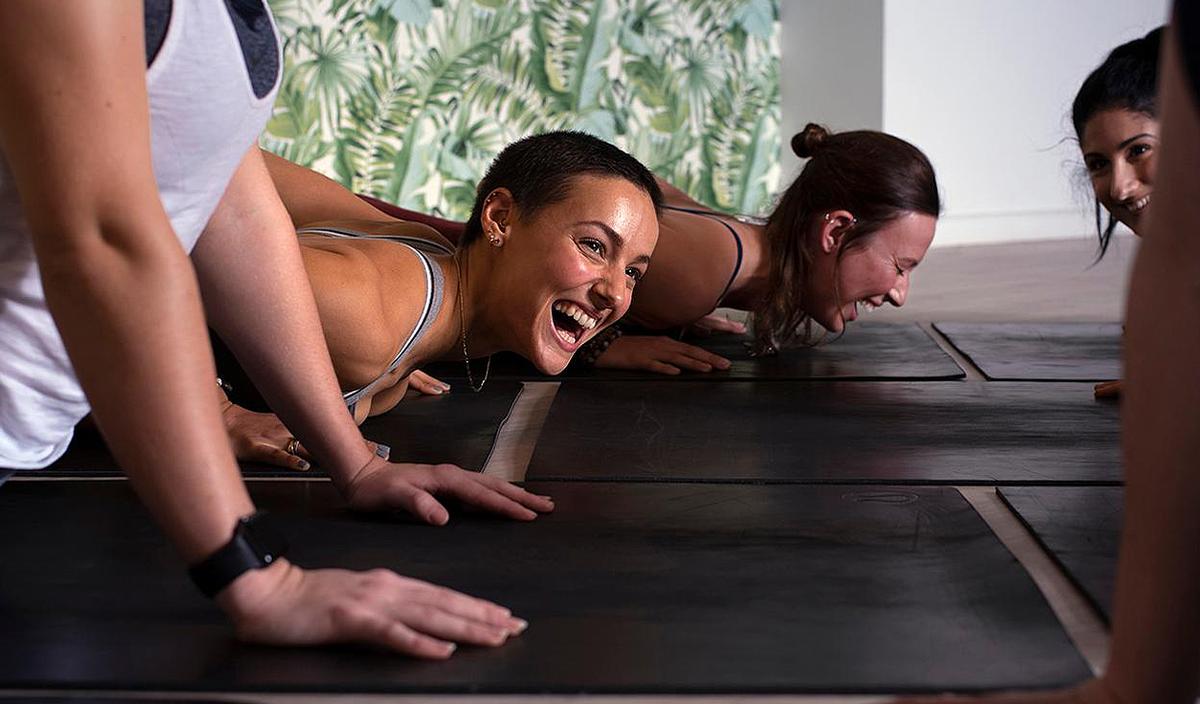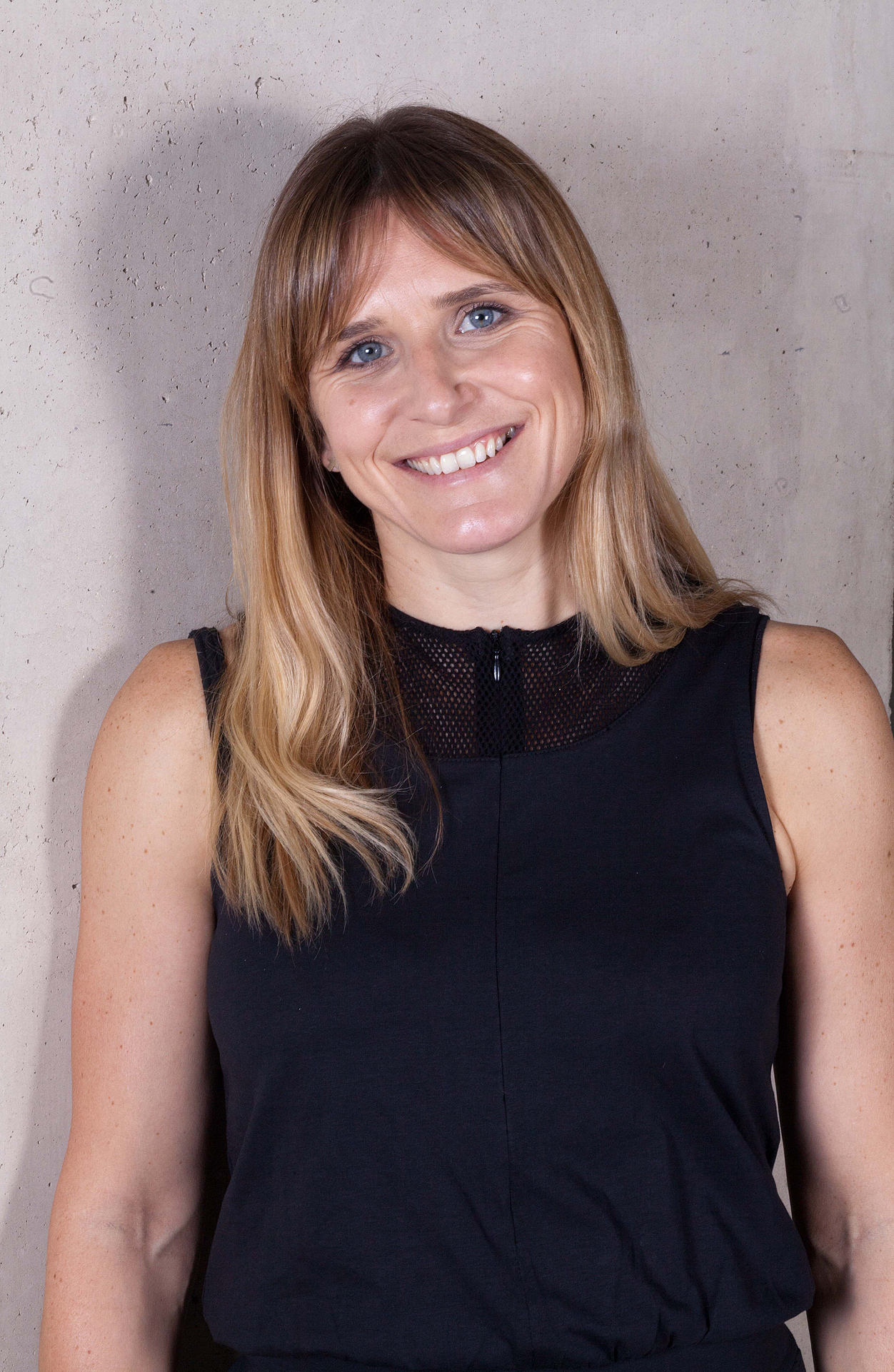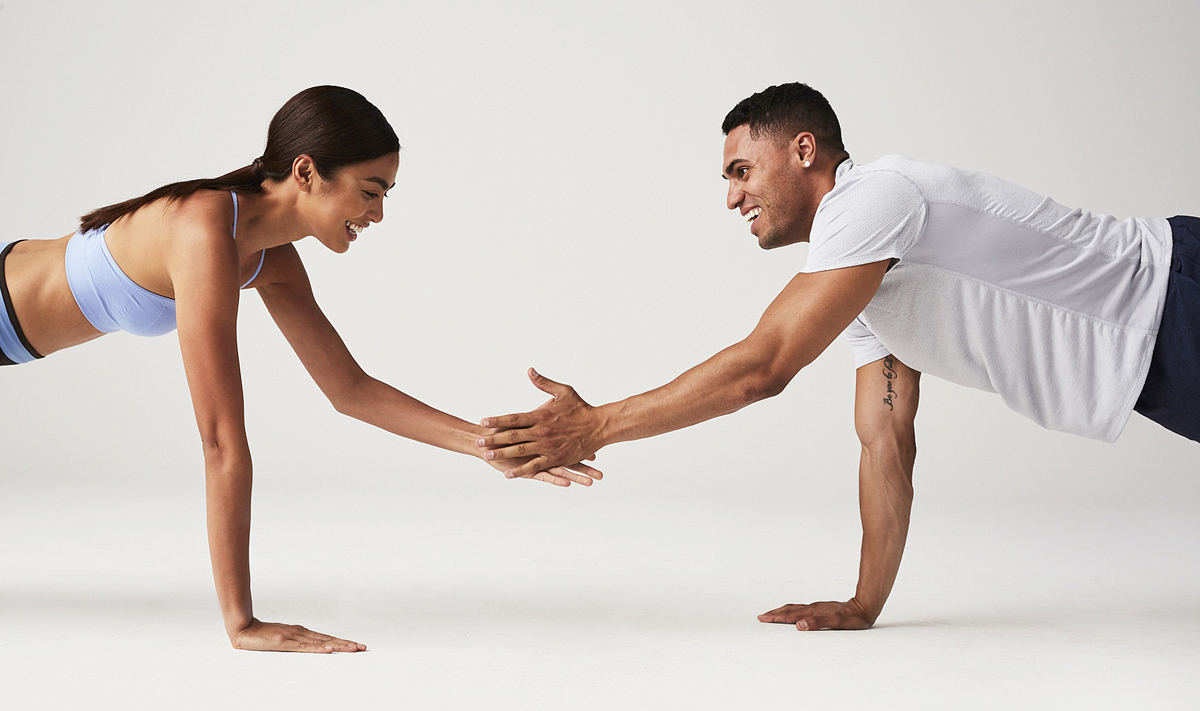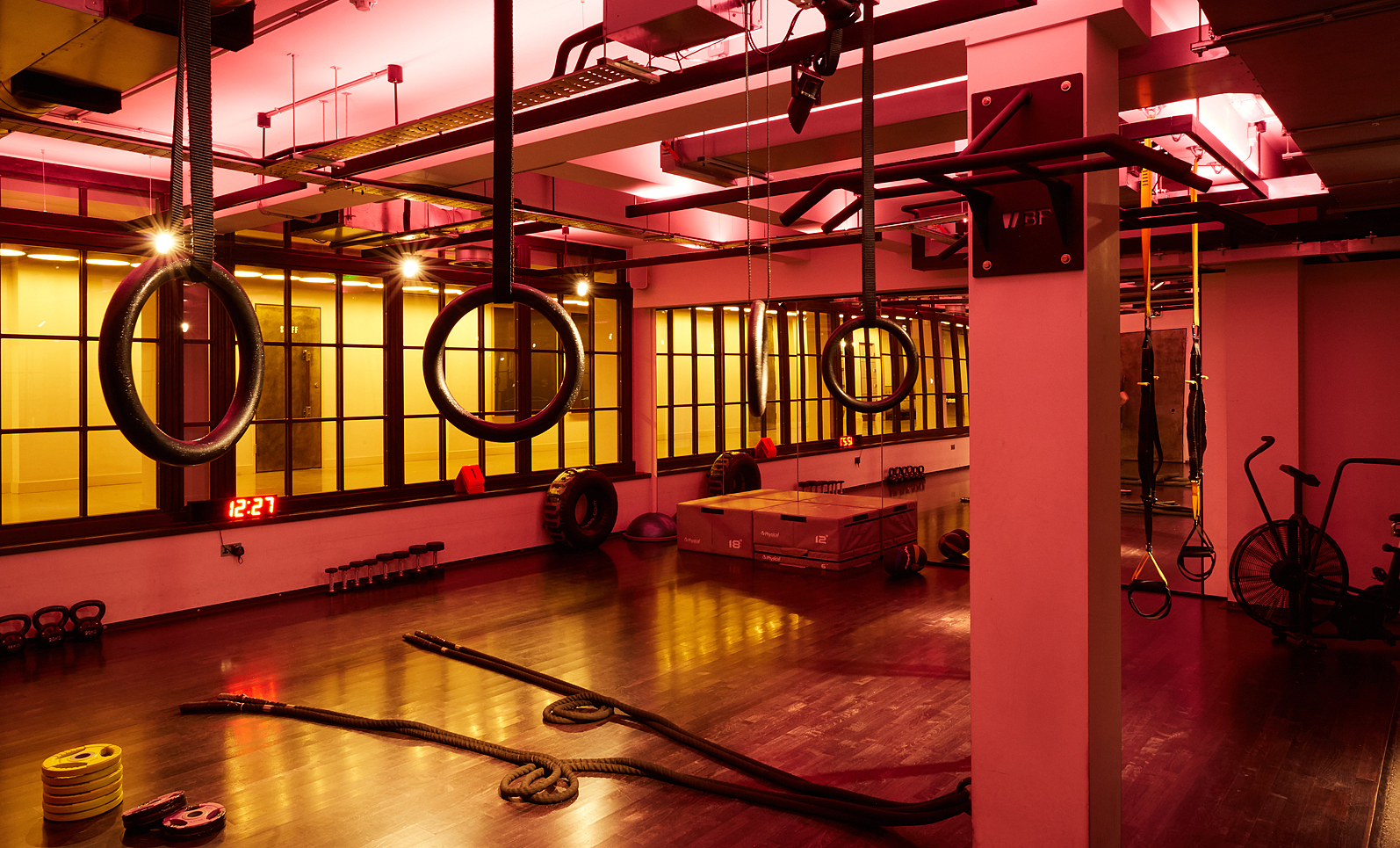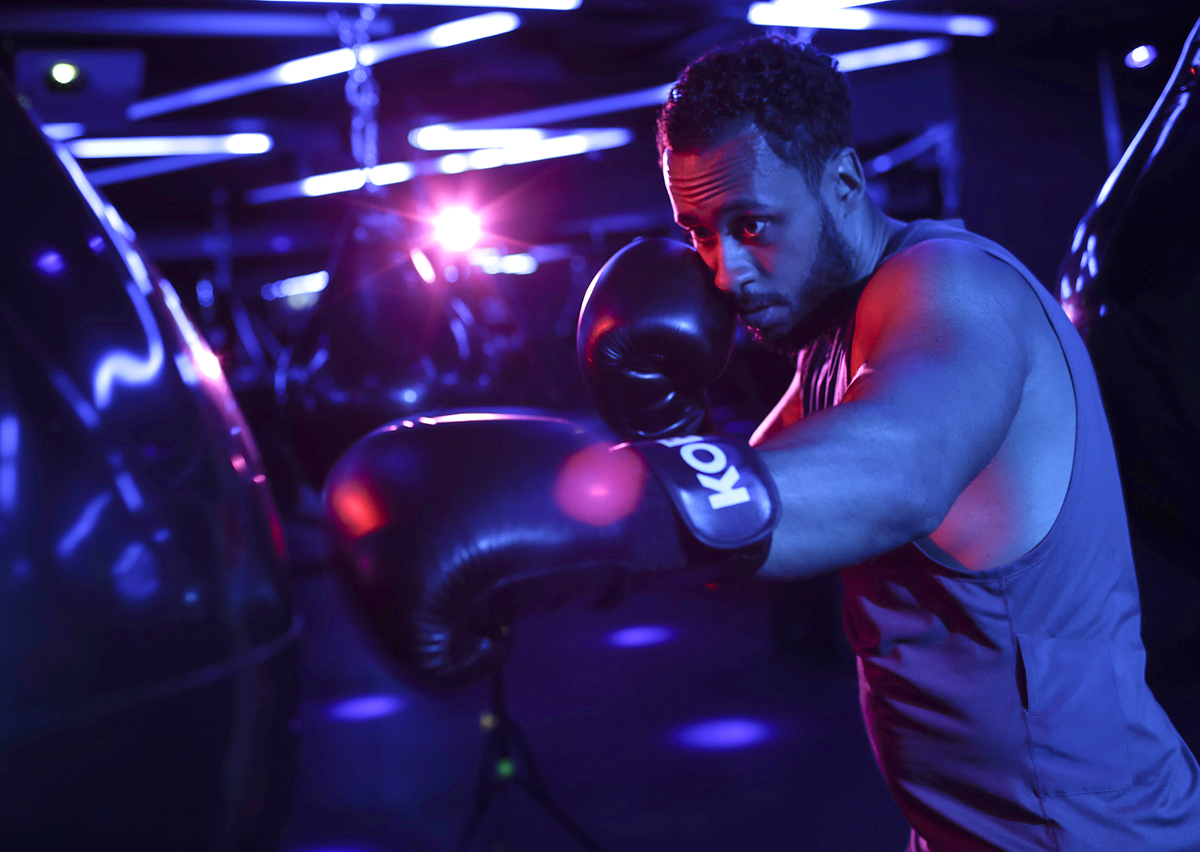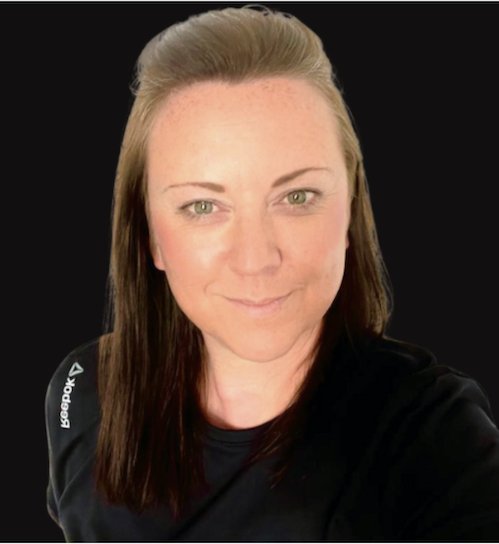
photo: classpass
We’ve seen some shifts away from central business district usage as commute patterns have changed – more people are working from home, and therefore more likely to work out in suburban residential areas.
However, we’ve observed that both usage and reservations are trending upwards, regardless of geographical location.
In both suburbs and cities, people are eager to return to their pre-COVID fitness routines and among users who have returned to class, average usage is 10 per cent higher than it was before the pandemic, and that number is consistent across suburban and urban areas.
During a recent survey, two-thirds of respondents told us that equipment is one of the driving forces for heading back to studios.
In fact, four of the top five fitness genres with the highest recent reservation volumes use equipment that’s typically not found in home gyms and even less likely to be found in city apartments. However, even those in suburbs who may have been able to invest in equipment during the pandemic are eager to get back to studios, with 81 per cent of people saying they push themselves harder in a group setting than they do on their own. We imagine bookings will continue to grow as vaccinations continue and more people feel comfortable heading back to class.
We’re also seeing a growing trend of vaccine-required classes, especially in cities such as New York and San Francisco, where vaccines are now required for all indoor fitness studios.
In a recent survey, we found 69 per cent of fitness fans strongly prefer returning to classes that require a vaccine, and 18 per cent plan to only return to studios with vaccination requirements. We believe these vaccine-required classes will be an important step to get people back to studios who may have been on the fence about group workout classes.
We found 69 per cent of fitness fans strongly prefer returning to classes that require a vaccine








